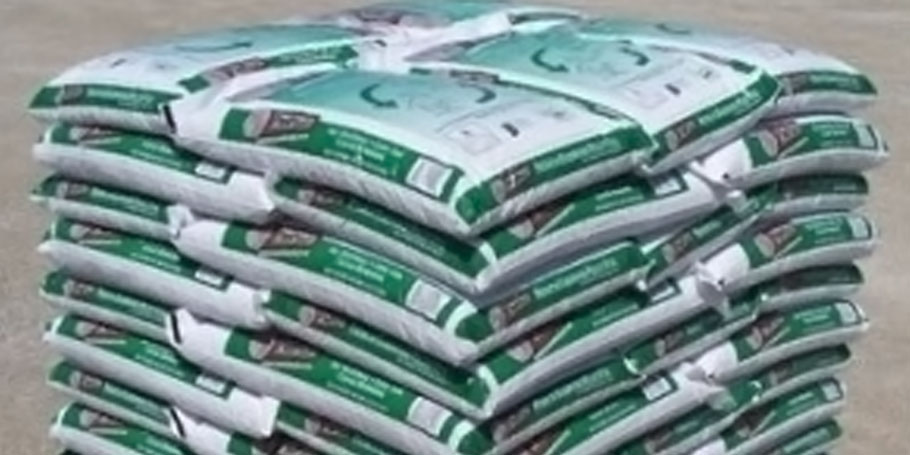In today’s world, the search for sustainable and eco-friendly energy sources is more important than ever. Wood pellets have emerged as a popular option for renewable fuel, offering numerous advantages for both the environment and energy consumers. Made from compressed sawdust, shavings, and other wood waste, wood pellets are a clean-burning, efficient, and renewable energy source. Here’s a closer look at why wood pellets are becoming a go-to alternative to traditional fossil fuels.
1. Renewable and Sustainable
One of the most significant benefits of wood pellets is their renewability. Unlike fossil fuels such as coal, oil, and natural gas, which are finite and contribute to global warming, wood pellets are derived from a renewable source—trees. With sustainable forestry practices, trees can be regrown continuously, making wood pellets a truly renewable energy option. As long as forests are managed responsibly, there will always be a steady supply of raw materials for producing pellets.
2. Carbon Neutral
When trees grow, they absorb carbon dioxide (CO2) from the atmosphere. When wood pellets are burned for energy, they release this stored CO2 back into the atmosphere, creating a closed carbon cycle. This means that the CO2 emitted during combustion is roughly equivalent to what the trees absorbed during their lifetime, making wood pellets a carbon-neutral fuel. This balance helps mitigate the effects of climate change, unlike fossil fuels, which release CO2 that has been stored underground for millions of years.
3. Efficient Energy Production
Wood pellets are known for their high energy efficiency. They have a low moisture content compared to raw wood, which means they burn more efficiently, producing more heat per unit. This efficiency not only reduces the amount of fuel needed for heating but also minimizes waste and emissions. Additionally, pellet stoves and boilers are designed to burn wood pellets cleanly, further reducing particulate emissions and enhancing overall efficiency.
4. Reduction of Waste
The production of wood pellets helps reduce waste from the lumber industry. Sawdust, wood shavings, and other by-products that would otherwise go to waste are used to make pellets, giving them new life as a valuable fuel source. This process promotes a circular economy by utilizing every part of the tree, minimizing waste, and making the most of the available resources.
5. Cost-Effective Heating Solution
Wood pellets offer a cost-effective alternative to traditional heating fuels. They are often more affordable than oil, propane, and electricity for home heating, and their price tends to be more stable than the fluctuating costs of fossil fuels. Additionally, the energy efficiency of wood pellets means that consumers can heat their homes or businesses while using less fuel overall, saving money on energy bills.
6. Energy Independence
By using wood pellets as a fuel source, individuals and communities can reduce their reliance on imported fossil fuels. This helps promote energy independence, especially in regions where access to traditional energy sources is limited or costly. Local production of wood pellets also stimulates regional economies, creating jobs in forestry, manufacturing, and transportation.
7. Low Emissions and Environmental Impact
In addition to being carbon-neutral, wood pellets produce fewer emissions than traditional fossil fuels. When burned in modern stoves and boilers, wood pellets emit significantly less sulfur dioxide, nitrogen oxides, and particulate matter, contributing to cleaner air quality. This is especially important in reducing the impact of energy production on human health and the environment.
Conclusion
As the world shifts towards renewable energy solutions, wood pellets are becoming an increasingly attractive option for heating and energy production. Their renewable nature, efficiency, cost-effectiveness, and low environmental impact make them a sustainable alternative to fossil fuels. By embracing wood pellets, we can help reduce our carbon footprint, promote sustainable forestry practices, and pave the way toward a greener future.

